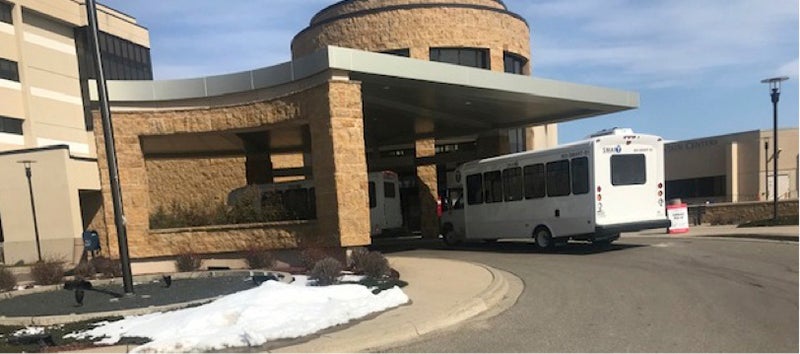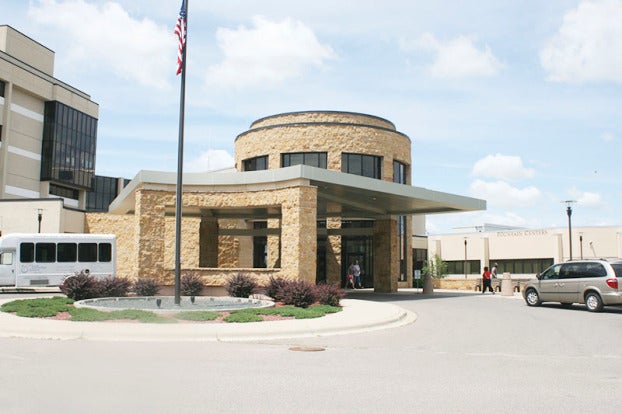Twin Cities ICU capacity pressured as COVID-19 cases climb
Published 2:55 pm Wednesday, November 4, 2020
|
Getting your Trinity Audio player ready...
|
MINNEAPOLIS — Minnesota hospitals are beginning to feel pressure as COVID-19 cases reached another record high and hospitalizations continue to surge.
As of Wednesday morning, a record 908 patients were hospitalized with COVID-19, including 203 patients in intensive care due to breathing problems or other complications, the Department of Health reported.
“We’re at a red alert for ICU beds,” Michael Osterholm, director of the University of Minnesota’s Center for Infectious Disease Research and Policy said. “It’s bad.”
The vast majority of ICU beds are occupied by patients recovering from ailments unrelated to COVID-19, but the continued rise in hospitalizations is beginning to put a strain on capacity.
Minnesota health officials reported 3,844 new cases of the coronavirus on Wednesday — breaking a record set just a day earlier. It’s the fourth time daily cases climbed over 3,000 in the past week after reaching that figure for the first time last Thursday.
The state also reported 31 deaths Wednesday.
Minnesota has now had 160,923 cases and 2,530 deaths since the pandemic began.
Gov. Tim Walz on Wednesday requested staff support from the Federal Emergency Management Agency for long-term care facilities and hospitals.
“Minnesota’s case counts are on the rise, which means the need for staffing support will continue to increase,” Walz said in a letter submitted to FEMA. “Securing this additional staffing support, in addition to extending the current staffing support on the ground in Minnesota, would significantly assist our state during this tenuous time.”
The request would support 10 additional staff that would go to facilities experiencing staff shortages due to the spike in positive cases across the state.
To address staffing shortages, the Minnesota Department of Health has also established a crisis staffing team, expanded the use of the Minnesota National Guard, provided emergency staffing pay incentives and worked to secure additional staffing agencies.






